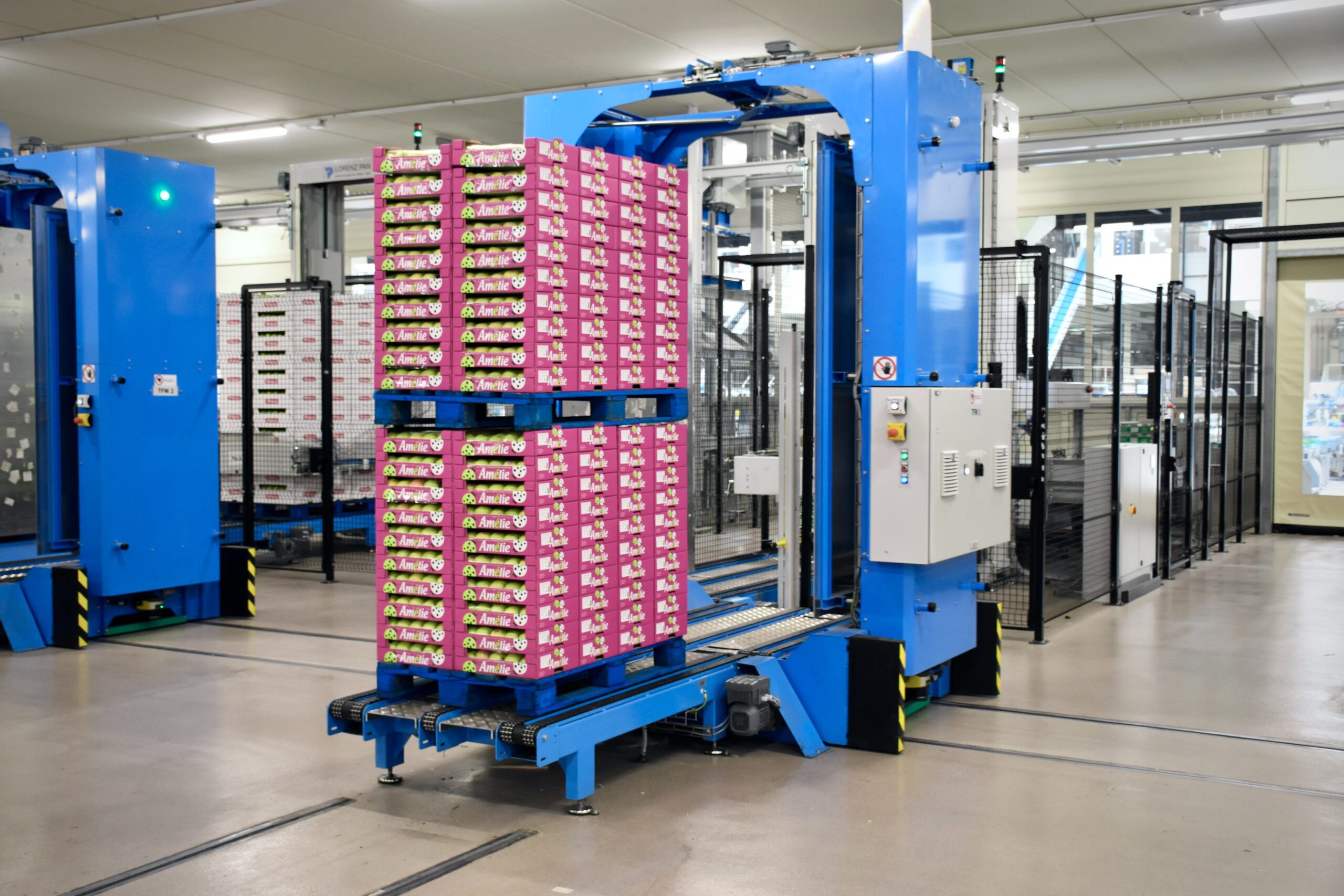Supply chain management (SCM) refers to all the steps and processes involved in the lifecycle of a product, right from its conception, creation, distribution, up until its consumption. At each stage of the life cycle, supply chain managers are tasked with maintaining efficiencies in the production processes and ensuring timely deliveries to the consumers. Over the years, the supply chain has evolved to become an independent function in businesses, with its operations well integrated from the end to end. The evolution builds off the traditional supply chain that gravitates from the supplier, manufacturer, retailer, all the way to the end-user.
The network structure, business processes and business activities are the building blocks of the SCM. The network structure is made up of primary members who consist of strategic business units doing value addition activities for a target market, and supporting members, mostly firms providing resources, knowledge, utilities, or assets to the former. The business processes entail business activities resulting in specific outputs of value to customers. Today most businesses integrate the main processes of the supply chain such as demand management, product development & commercialization, order fulfillment, and customer service to increase their competitive advantage.
A supply chain cannot operate devoid of logistics arrangements. Logistics is a critical component in the supply chain management, and is viewed as the blueprint for the whole process. It entails the management of products and information from the point of origin to the point of consumption, by aligning processes such as production planning, warehousing, inventory management, shipments & transportation, import & export operations, purchases and customer service. Some businesses outsource these processes to third party logistics providers.
With digitization taking center stage in disrupting the business world, consumer goods companies are being forced to rethink ways to design their supply chains. Digitizing supply chains is enabling companies to address new demands from customers and minimize challenges being encountered in the supply side. Adopting the new technologies in supply chain can increase the operational effectiveness of your business. According to McKinsey research, digitization can lower operations costs for the supply chain by up to 30%, decrease in inventories of up to 75% and 75% fewer lost sales. Digitizing the supply chain can be enabled through three key metrics; a clear definition, new capabilities, and a supportive environment.
Consumer goods companies can start by identifying areas within their operations that can be digitized. They can then work on building capabilities relating to digitization through recruiting specialists. The companies can finalize on the three step process by establishing an IT landscape with an innovative environment. The IT landscape should have organizational freedom and flexibility for testing and iterations. Among the supply chain areas that consumer goods companies can start digitizing include:
1. Product planning
Fully integrated demand and supply planning with elements of automation disassociates a business from its traditional planning steps and transforms it into a flexible, continuous processes. Rather than sticking to the safety stocks which are different with every single reorder, digitization can help predict the expected demand with each replenishment planning exercise. Such a practice can help the business adapt dynamic prices that will optimize profits and minimize inventories altogether.
The digitization process comes in through big data mining, knowledge automation and advanced analytics. According to McKinsey, major players in the FMCG industry are leveraging predictive analytics to plan their demand; by analyzing thousands of demand-influencing variables such as consumption patterns. With machine learning, the analyses are modeled into complex relationships that result into very accurate demand plans.
2. Streamlining logistics
Investing in digitizing the logistics processes can improve the profit margins of FMCG firms. Traditional warehousing and inventory management can be upgraded through automations, connectivity, additive manufacturing, and use of robotics which could be impactful in increasing human productivity in warehouses. Use of smart vehicles in transportation and product handling can significantly reduce operating costs. Connecting warehouses to production centers can help reduce manual interventions in the supply chain, thus transforming the processes for the better.
3. Performance management
Digitization is helping integrate performance management into operational processes with a focus on real-time results that can be improved on continuously; rather than an activity that has to be reviewed on a yearly or quarterly basis. Companies are investing in performance management systems that can be customized all through the organization with the help of data mining and machine learning techniques at the different stages in the supply chain.
4. Cloud Collaboration
Through the supply-chain cloud, customers, suppliers and the firms can collaborate in joint planning solutions and shared logistics infrastructure. In supportive market environments, companies can take on supply chain tasks together to minimize costs and learn from each other.
While the digitization process comes at an extra cost, companies should look at the bigger picture and adopt the digital trends that are profit-drivers for their global peers.
Author: Fie-Consult


